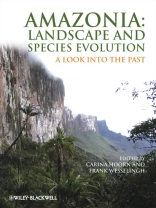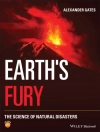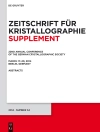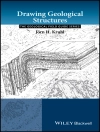The book focuses on geological history as the critical factor in
determining the present biodiversity and landscapes of Amazonia.
The different driving mechanisms for landscape evolution are
explored by reviewing the history of the Amazonian Craton, the
associated sedimentary basins, and the role of mountain uplift and
climate change.
This book provdes an insight into the Meso- and Cenozoic record
of Amazonia that was characterized by fluvial and long-lived lake
systems and a highly diverse flora and fauna. This fauna includes
giants such as the ca. 12 m long caiman Purussaurus, but also a
varied fish fauna and fragile molluscs, whilst fossil pollen and
spores form relics of ancestral swamps and rainforests.
Finally, a review the molecular datasets of the modern Amazonian
rainforest and aquatic ecosystem, discussing the possible relations
between the origin of Amazonian species diversity and the
palaeogeographic, palaeoclimatic and palaeoenvironmental evolution
of northern South America. The multidisciplinary approach in
evaluating the history of Amazonia has resulted in a comprehensive
volume that provides novel insights into the evolution of this
region.
Despre autor
Carina Hoorn is a paleoecologist who studied geology and
holds a Ph D from the University of Amsterdam (The Netherlands) and
an MSc in Science Communication (Imperial College, London).
Currently she is liaised to the University of Amsterdam and her
main research interests are Amazonia, the Himalayas, Tibet, and the
coastal lagoons of Oman.
Frank Wesselingh is a molluscan palaeontologist who
studied geology at the Vrije Universiteit (Amsterdam, The
Netherlands) and holds a Ph D from the University of Turku
(Finland). Frank works at Naturalis, the Natural History Museum in
Leiden (The Netherlands), and his research interests are fossil
molluscan faunas of long-lived lakes, the North Sea Basin and the
Indo-West Pacific.












